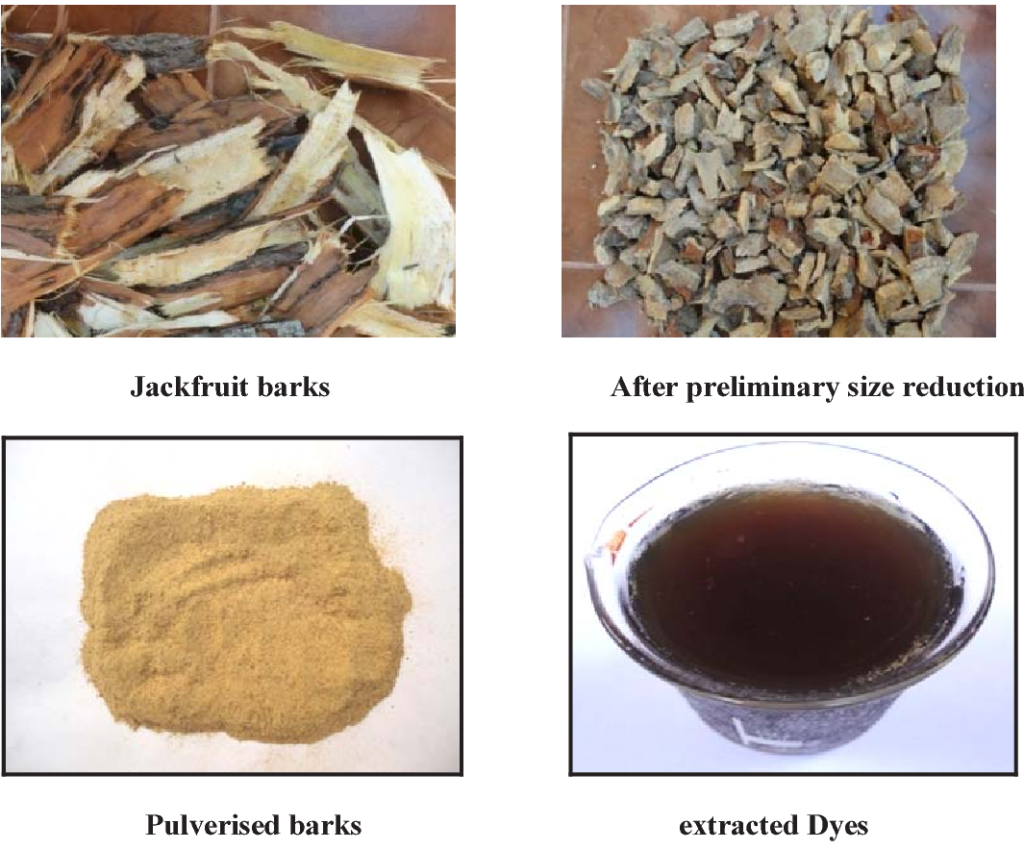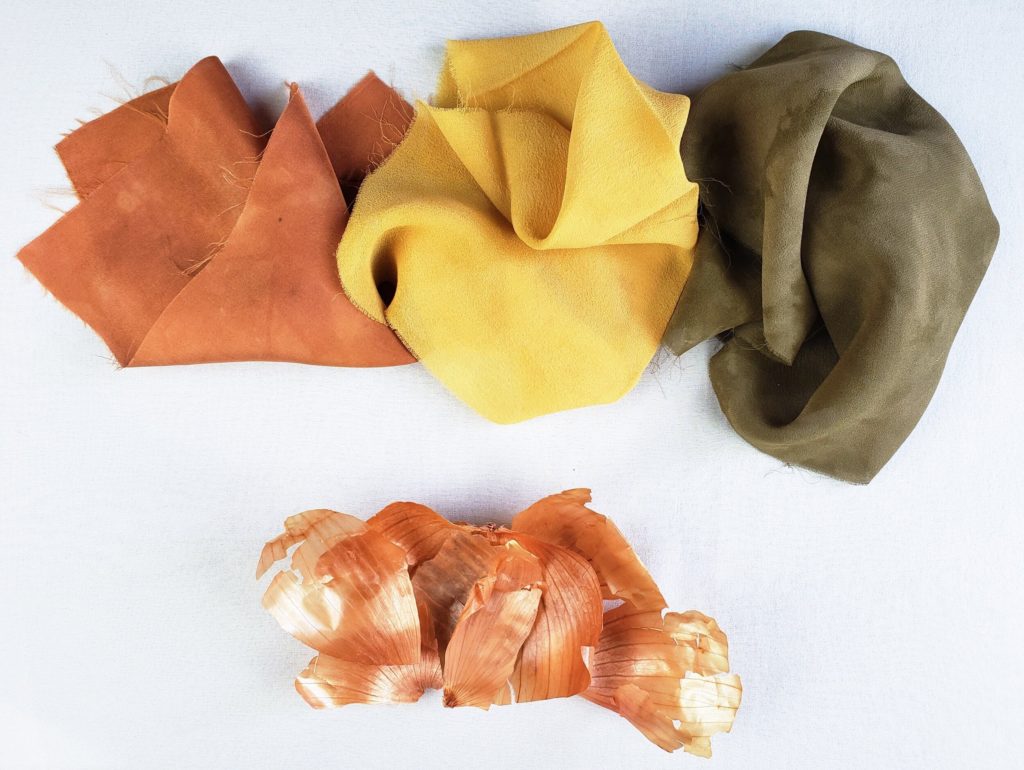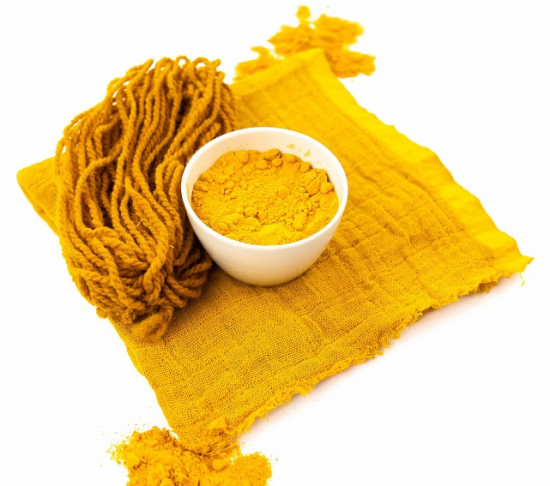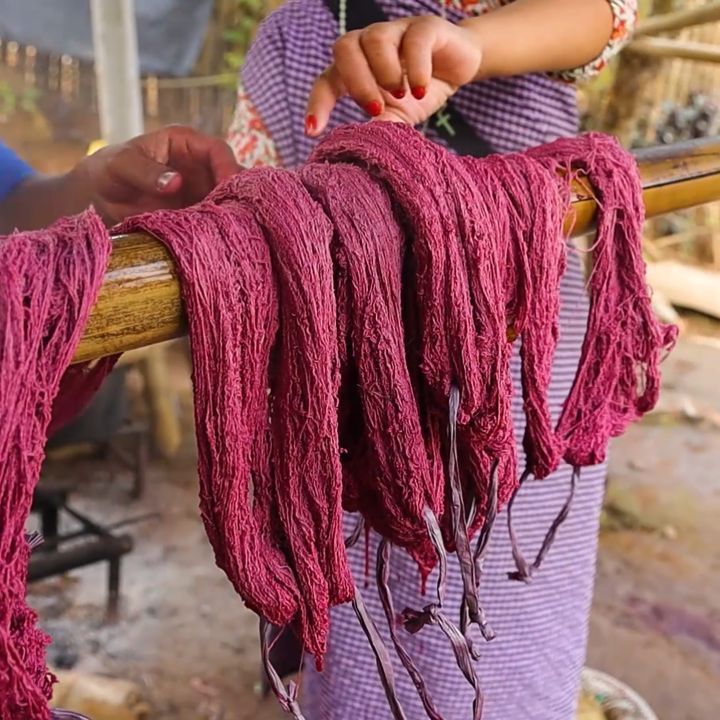Introduction
In the world of textile dyeing, natural dyes hold a unique allure, offering a connection to the past and the environment. Their use varies between cellulose fibers (cotton, linen, flax, bamboo, and rayon) and protein fibers (wool, angora, mohair, kashmir, silk, leather, and others) due to distinct molecular structures. To achieve the vibrant and lasting hues, different mordant treatments are required. In this guide, we’ll explore the fascinating world of natural dyes and their application on various textiles.
Preparing Cellulose and Protein Fibers
Cellulose Fibers – Cellulose fibers, including cotton and others, require a unique approach. The standard method involves tannin treatment followed by the use of aluminum metal salts. This process enhances the adherence of natural dyes to the fabric.
Cellulose fiber- Cotton, Linen, Flax, Bamboo, Rayon etc.
Protein Fibers – On the other hand, protein fibers like wool and silk are typically prepared with alum as the mordant. This step is crucial to ensure that the dye bonds effectively with the textile.
Protein fiber- Wool, Angora, Mohair, Kashmir, Silk, Leather etc.
Exploring Popular Natural Dyes
Jack Fruits

Derived from the wood of the jackfruit plant, this dye is extracted through a process that involves finely chopping the wood and boiling it in water. After mordant treatment, it imparts shades ranging from yellow to brown to the fabric. The colorant responsible for this transformation is ‘Morin,’ and it was historically used for dyeing cotton and jute fabrics.
Indigo Tree

Indigo dye, derived from the Indigofera tinctoria plant, provides a distinct shade of blue. Accurately reproducing natural indigo shades can be challenging, and various natural indigos are employed to achieve blue hues on cotton. Since it is a VAT dye, vatting is necessary for the dyeing process. Indigo is recognized as one of the oldest and most widely used dyes.
Onion Skins

Onion skins serve as the primary source of this dye. Boiling the onion skins removes their color, allowing for subsequent dyeing of fabric without mordanting. The result is a range of shades from orange to brown on the fabric, with the color molecule ‘Pelargonidin’ responsible for this dye.
Madder Roots

Red dye is prepared from the herb known as madder, with the color molecule ‘Alizarin.’ Madder dyeing is carried out at 100°C and produces bright red shades on wool and silk, while cotton exhibits reddish to purple hues.
Turmeric

Turmeric, one of the most commonly found natural dyes, is obtained from the plant’s roots. The roots are first dried, then ground into a powder and boiled with water to extract the dye, resulting in a vibrant yellow shade. Turmeric is frequently used for dyeing cotton, wool, and silk, with the color molecule ‘Curcumin’ responsible for its yellow coloration.
Henna Leaves

Drying and grinding the leaves of the henna tree precede boiling them with water to extract the dye. This dye, when applied with mordanting, yields colors ranging from brown to mustard yellow. It falls under the category of disperse dye, making it suitable for dyeing polyester and nylon.
Logwood

To obtain the color, the stem of the logwood tree is boiled in small pieces for an hour. Logwood is commonly used to create black shades on wool and is found in Mexico, Central America, and the Caribbean islands. The pigment responsible for the logwood natural dye is ‘Haematoxylin.’
Lac Insects

Lac dye is derived from a special insect known as Coccus Lacca. It primarily produces shades of scarlet to crimson red. The pigment produced by these insects is referred to as ‘stick lac.’
Conclusion
Natural dyes offer a sustainable and eco-friendly alternative to synthetic dyes, allowing us to reconnect with our textile traditions while supporting a greener future. Understanding the unique mordant treatments and properties of natural dyes for both cellulose and protein fibers is essential for achieving stunning and long-lasting results. So, dive into the world of natural dyes and infuse your textiles with the captivating colors of nature.
